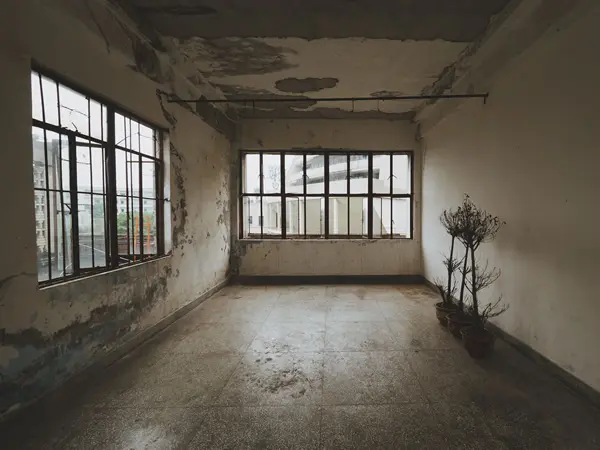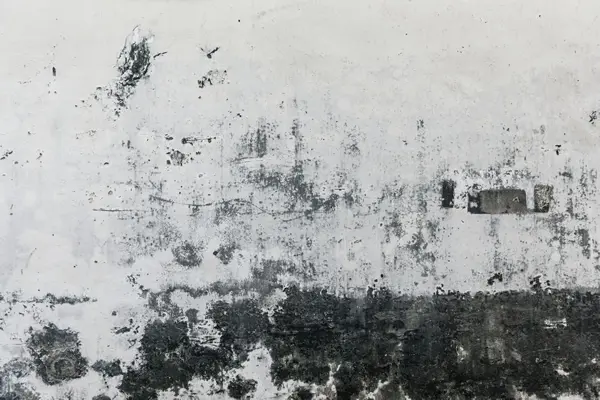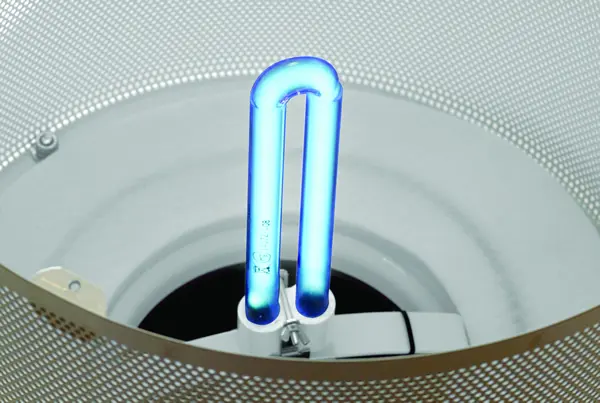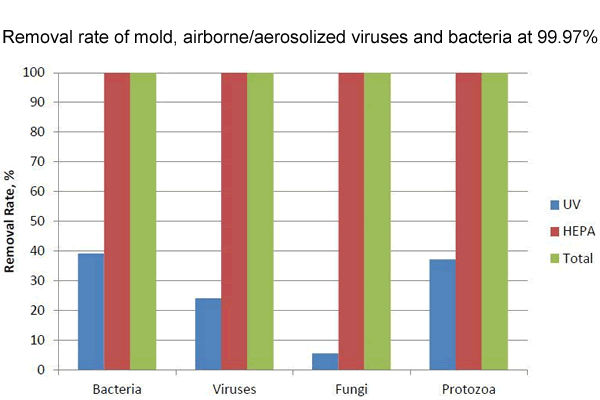Airpura: Mold Clean Up After a Flood
Cleanups are a big headache after your home has sustained water damage from a flood. There is a hidden danger lurking that you may not be aware of afterwards. It’s mold. Mold is a fungus and there are certain varieties that are harmful to human health and can sometimes be deadly.
Symptoms of exposure to mold include stuffy nose, headaches, nausea, sore throat, coughing , wheezing and even skin rashes. Individuals, particularly children who have asthma or allergies are particularly vulnerable as it may exacerbate an attack.

Identifying Mold In Your Home
How do you know if you have mold? You may see it show up as a black spots on the wall, on the underside of a carpet or the place may have a musty smell. One of most dangerous varieties is black mold. There are two types of black mold: Stachybotrys and Aspergillus niger.
Both produce mycotoxins that are poisonous to the human body.

How To Clean Up Mold
- Hard, non-porous items composed of plastic, metal or glass are usually safe to keep. You can just clean and/or disinfect them
- Anything that traps moisture is a breeding ground for mold. Even after carpets have been dried off, mold usually festers in the fibers within and underneath. They should be promptly disposed of. Most porous materials such as wood, drywall and upholstered items such as couches can trap mold. They should be discarded.
- Use non-ammonia soap or detergent to clean all areas and washable items that came in contact with floodwaters
- Areas that have been cleaned can take several days to dry properly. Heat, fans and dehumidifiers can speed up this process
- Keep home properly ventilated when cleaning up as well as post cleanup. Running an air purifier during cleanup as well as after to remove airborne mold spores is also important.
The key to keeping the damage under control is acting quickly. Begin by doing a triage of affected items and use the following guidelines.
Choosing the Right Purifier to Remove Mold
Can an air purifier remove mold? The answer is yes. A key component that a purifier requires to do the job is a UV germicidal lamp. Having a HEPA air purifier is not enough to remove mold spores. The mold spore will get trapped on the surface of the HEPA filter, but technically, the spore is still there. A UV germicidal lamp will actually destroy the DNA of the mold spore which will render the spore unable to reproduce.

The Airpura Difference
An independent study* was conducted using the Airpura P600 and the UV600 to measure the removal rates of mold spores. At the lowest speed of 50 CFM, (lowest speed recommended to allow the maximum dwell time over the filters and the UV lamp), the removal rate of mold was 99.97%!

![[AUP6] Airpura P600 - Germs, Mold and Chemicals Reduction Air Purifier](/web/image/product.template/2366/image_1920/%5BAUP6%5D%20Airpura%20P600%20-%20Germs%2C%20Mold%20and%20Chemicals%20Reduction%20Air%20Purifier?unique=ae82545)
![[AUU6] Airpura UV600](/web/image/product.template/2371/image_1920/%5BAUU6%5D%20Airpura%20UV600?unique=ae82545)
![[EFFUN] Fungus-Ease](/web/image/product.template/3184/image_1920/%5BEFFUN%5D%20Fungus-Ease?unique=68bbc2f)